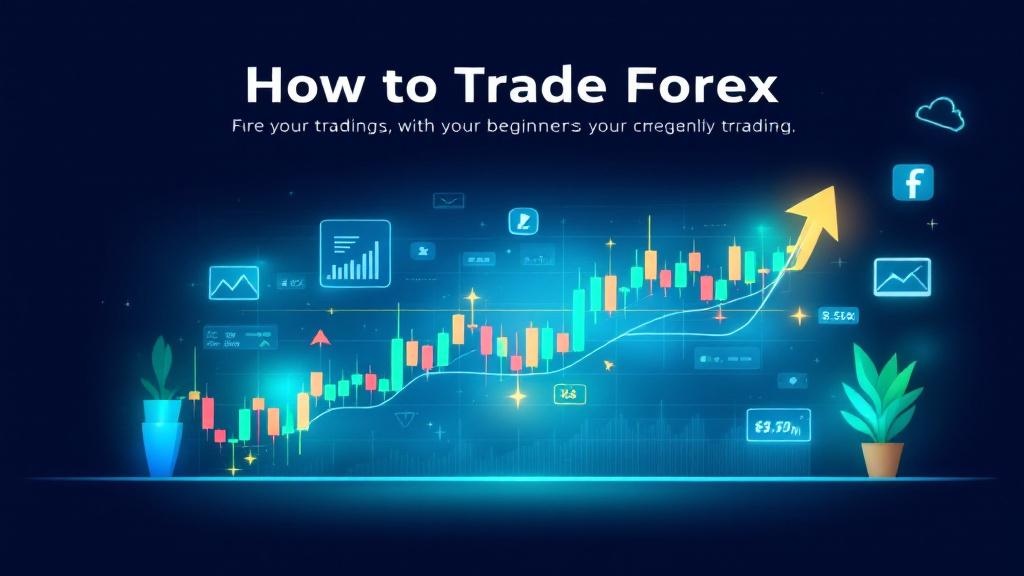Forex trading has become one of the most exciting and accessible ways to invest, thanks to its potential for high returns and its global market accessibility. If you’ve ever wondered Best forex platforms successfully, you’re in the right place. This guide will provide you with a comprehensive, step-by-step process for navigating the foreign exchange (Forex) market, including strategies, tips, tools, and much more.
How to trade Best forex platforms
is one of the most common questions new traders ask when entering the world of currency markets. Whether you’re just starting or looking to refine your skills, understanding the basics of forex trading—including strategies, risk management, and choosing the right broker—can set you up for long-term success. In this guide, we’ll break it down step by step in simple, beginner-friendly language.
Table of Contents
- What is Forex Trading?
- How to Start Trading Forex
- Understanding Forex Trading Basics
- Forex Trading Strategies
- Forex Trading Tools and Platforms
- Risk Management in Forex Trading
- Forex Trading for Beginners: Top Tips
- Frequently Asked Questions (FAQs)
What is Forex Trading?
Forex trading, also known as Best forex platforms is the buying and selling of currencies in the forex market. The goal is to make a profit by predicting how currency values will change against each other. Since the forex market operates 24 hours a day, 5 days a week, it offers opportunities for global traders to capitalize on price fluctuations.
In simple terms, when you trade forex, you’re buying one currency and selling another simultaneously, such as trading the EUR/USD (Euro/US Dollar) pair. The value of currencies fluctuates due to factors like interest rates, economic data, and political events, which makes it a high-risk but rewarding activity.
How to Start Trading Forex
Starting out in forex can be overwhelming, but by following a few clear steps, you can quickly begin your journey as a forex trader.
1. Choose a Reliable Forex Broker
The first step in how to start trading forex is to choose a reputable forex broker. A good broker provides the platform you’ll need to execute trades, along with educational resources and research tools.
Look for brokers that offer:
- Low spreads and competitive commissions
- Regulation by a recognized authority (e.g., FCA, SEC)
- Demo accounts to practice trading without risk
- Good customer support and user-friendly interfaces
2. Open a Trading Account
Once you’ve chosen a broker, you’ll need to open a trading account. Brokers offer different types of accounts depending on your level of experience and the size of your investment. Common types include:
- Standard accounts for beginners
- Mini or micro accounts for smaller investments
- VIP accounts for more experienced traders
3. Fund Your Account
You’ll need to deposit money into your trading account to start. Most brokers offer various payment methods, including credit cards, bank transfers, and even digital wallets.
4. Learn the Basics of Forex Trading
Before you place real money on the line, make sure to familiarize yourself with Best forex platforms like currency pairs, pips in forex, and margin trading. A solid understanding of these terms will ensure that you can confidently navigate the market.
Understanding Forex Trading Basics
Before diving into strategies and analysis, let’s cover the core concepts that will set the foundation for your forex trading journey.
Currency Pairs
Forex trading involves the buying and selling of currency pairs. Some of the most popular pairs include:
- EUR/USD (Euro/US Dollar)
- GBP/USD (British Pound/US Dollar)
- USD/JPY (US Dollar/Japanese Yen)
The first currency in the pair is the base currency, and the second is the quote currency. When you trade, you’re buying one currency and selling the other. For instance, if you believe the Euro will strengthen against the US Dollar, you would buy the EUR/USD pair.
Pips in Forex
A pip is the smallest price movement that a currency pair can make. In most currency pairs, one pip is equal to 0.0001 of the price, except for pairs that involve the Japanese Yen, where one pip is equal to 0.01.
Margin Trading and Leverage
Margin trading allows you to borrow money from your broker to increase your position size. This means you can control larger positions with a smaller initial investment, amplifying both your potential profits and losses.
Leverage is the ratio at which you can borrow funds from your broker. For example, with 50:1 leverage, you can control a position worth $50,000 with just $1,000 of your own capital.
Forex Trading Strategies
Now that you understand the basics, let’s look at some of the most popular Best forex platforms that traders use to make profitable trades.
1. Day Trading Forex
Day trading forex involves buying and selling currency pairs within the same day, closing all positions before the market closes. This strategy aims to capitalize on short-term price fluctuations and is often used by traders who can monitor the market frequently.
2. Swing Trading
Swing traders look to profit from short- to medium-term price movements by holding positions for several days to weeks. This strategy requires a keen eye for market trends and the ability to withstand short-term volatility.
3. Scalping
Scalping is a fast-paced strategy where traders open and close positions in a matter of minutes to take advantage of very small price movements. It’s a high-risk strategy but can be highly profitable when executed well.
4. Trend Following
In trend following, traders attempt to profit from long-term market trends by buying in an uptrend and selling in a downtrend. This strategy requires patience, as it may take days, weeks, or even months to see significant returns.
5. News Trading
News trading is based on the idea that economic events or political news can cause large price movements in a short time. Traders who use this strategy aim to predict how specific news events will impact the market, such as economic reports or geopolitical developments.
Forex Trading Tools and Platforms
Having the right tools is essential to success in forex. Here are some key Best forex platforms and platforms that can enhance your trading experience.
Best Forex Trading Platforms
The best forex trading platforms offer a seamless user experience, fast execution, and the necessary analytical tools. Some top platforms include:
- MetaTrader 4 (MT4): A highly popular platform with advanced charting features.
- MetaTrader 5 (MT5): An upgrade to MT4, offering more timeframes and tools.
- cTrader: Known for its intuitive design and fast execution.
Forex Indicators
Forex indicators are tools that help traders analyze price movements and predict future trends. Some popular indicators include:
- Moving Averages
- Relative Strength Index (RSI)
- MACD (Moving Average Convergence Divergence)
Forex Charts
Forex charts provide a visual representation of price movements and are essential for technical analysis. There are various chart types, including candlestick, line, and bar charts.
Risk Management in Forex Trading
Forex risk management is crucial to long-term success in the forex market. Without proper risk management, even the most skilled traders can incur significant losses. Here are some risk management techniques:
1. Use Stop Loss Orders
A stop loss order automatically closes your position once a currency pair reaches a certain price, helping to limit losses.
2. Avoid Over-Leveraging
While leverage can amplify your profits, it also increases your risk. Use leverage cautiously to avoid large, unexpected losses.
3. Keep a Trading Journal
A trading journal helps you track your trades, strategies, and the outcomes. This can help you refine your approach and avoid making the same mistakes in the future.
Forex Trading for Beginners: Top Tips
If you’re new to forex, here are some beginner-friendly tips to keep in mind:
- Start with a demo account to practice trading without risk.
- Focus on a few currency pairs and become an expert in them.
- Be patient—don’t expect overnight success.
- Always trade with a plan and set realistic goals.
- Continuously educate yourself with forex trading tutorials and courses.
Frequently Asked Questions (FAQs)
How much money do I need to start trading forex?
What is the best strategy for beginners in forex?
What are forex indicators and how do they help?
Can I trade forex full-time?
What is margin trading in forex?
Conclusion
Understanding Best forex platforms takes time, patience, and the right strategies. By mastering theBest forex platforms using Best forex platforms that suit your goals, and applying sound risk management, you can increase your chances of success in this dynamic and rewarding market.








Comments (0)